Laissez les bons temps rouler.
True to that Cajun expression, ports of Louisiana are letting the good times roll – and, even when it means overcoming obstacles, are advancing efforts to keep the supply chain efficiently rolling along through the Pelican State for many years to come.
Heading up the Mississippi River and generally proceeding from east to west, here’s the lowdown on key ports of Louisiana:
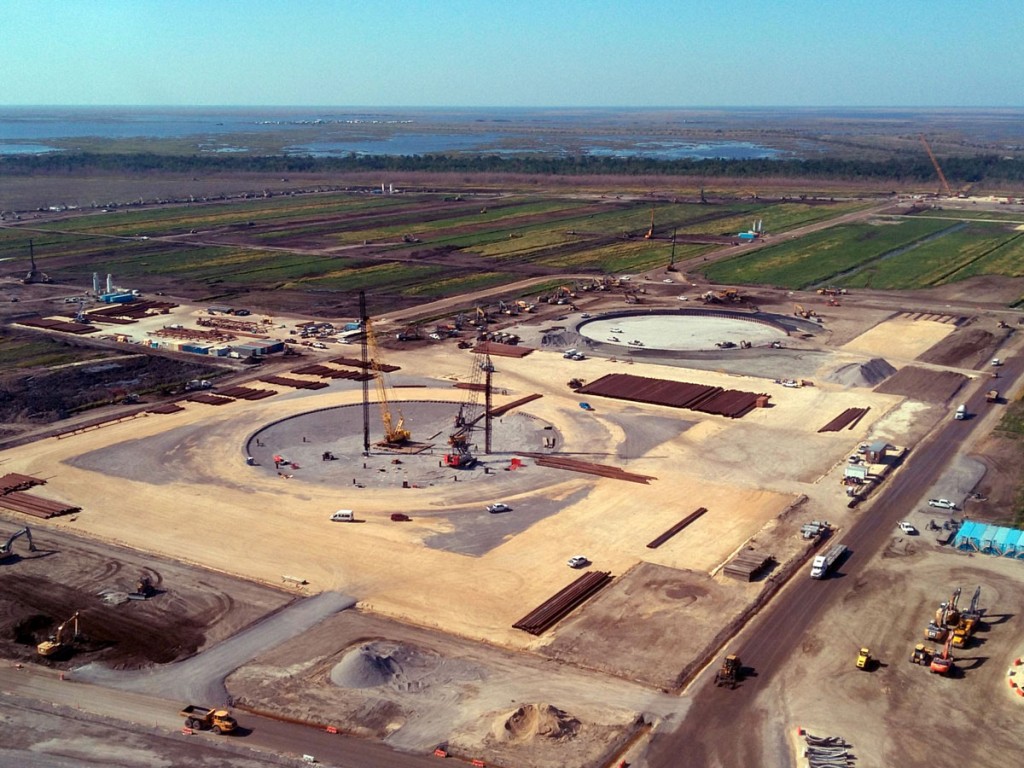
Plaquemines Port
Officials of the Plaquemines Port, Harbor & Terminal District have plenty reason to be excited about advancement of development of liquefied natural gas facilities on port-owned property.
Arlington, Virginia-headquartered Venture Global LNG has started site preparation and preconstruction work on the largest industrial project to be built in Plaquemines Parish in more than half a century. The $8 billion dollar, 600-acre LNG facility is anticipated to annually produce as many as 20 million metric tons of clean LNG for worldwide export while doubling yearly revenues at the port. With LNG in such high demand, Venture Global has plans to augment the initial installation by constructing a similar 20-million-ton-annual-output facility on an additional 600 acres leased from the harbor district.
Growth in the port jurisdiction also is happening at private operations along the Mississippi River, with St. Paul, Minnesota-based agribusiness cooperative CHS Inc. announcing a $73 million renovation and expansion at its Myrtle Grove grain terminal; Phillips 66 converting an outdated oil refinery into an export terminal; and NOLA Terminals building an oil export facility on its property near Myrtle Grove.
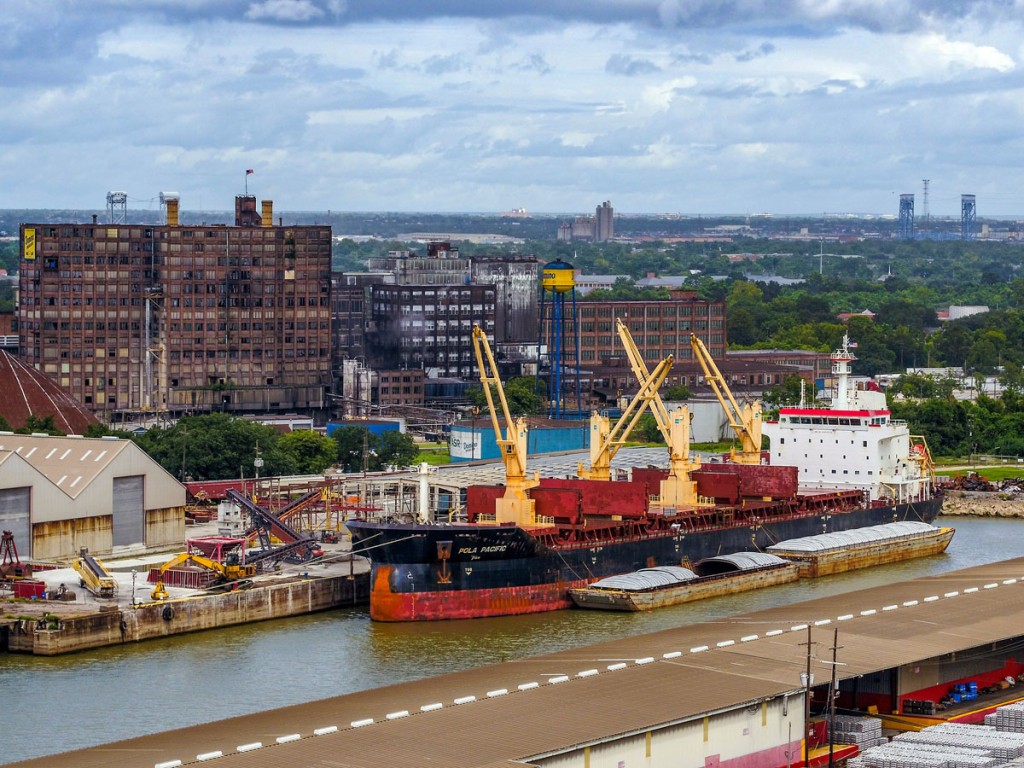
St. Bernard Port
A bit farther up the lower Mississippi River toward New Orleans, the St. Bernard Port, Harbor & Terminal District is seeing its own advancement on multiple fronts while progress continues on Port of New Orleans plans for development of a $1.5 billion containership terminal on 1,100 acres recently acquired from the district.
Moving toward early 2023 completion is a $32 million upgrade of the more-than-century-old docks at the district’s Chalmette Slip, with federal and state funds covering the lion’s share of cost. Also, a geographic information system project is digitally graphing all of the port’s facilities; the port’s sewage treatment plant has been replaced; the St. Bernard marina is being enhanced; and roadway realignment at the intersection of Louisiana Highway 46 and Weinberger Road is nearing completion.
On the private industry side of things, ASR Group has inked a 10-year lease of a new, 80,986-square-foot warehouse for storing Domino sugar at the port’s Chalmette Terminal. The St. Bernard Parish sugar refinery, which dates back to 1909, is the largest of its kind in the nation, employing more than 400 people.
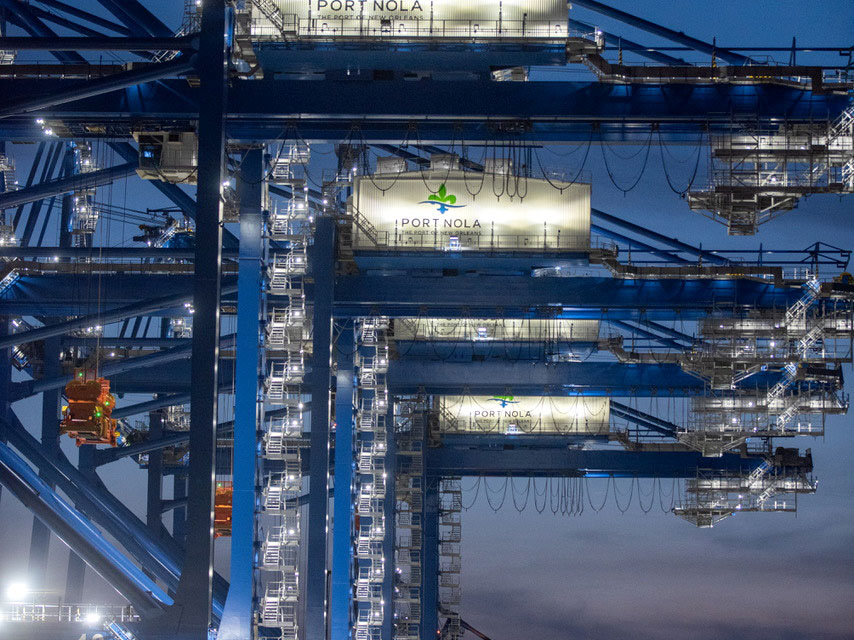
Port of New Orleans
At the Port of New Orleans – marketed as Port NOLA – existing facilities are undergoing expansion while significant progress continues on community engagement, permitting, design and prospective partnerships for phased development of the all-new Louisiana International Terminal, or LIT, container-handling facility to be built in Violet in St. Bernard Parish, with an eye toward the first wharf opening in 2028.
Meanwhile, Port NOLA’s uptown Napoleon Avenue Container Terminal is seeing a $112 million investment, including $63 million for wharf modernization and crane rail infrastructure extension and $49 million for four new 100-foot-gauge gantries delivered in late 2021, bringing the terminal quay crane contingent to nine units. And, in collaboration with Lineage Logistics, the poultry-handling Jourdan Road cold storage facility in New Orleans East is undergoing a $42 million expansion.
Port NOLA officials are actively marketing the ability of the New Orleans maritime gateway and its rail and barge links to furnish an uncongested alternative to delay-plagued ports on West and East coasts for bringing Asian imports and other goods to such major inland markets as Memphis, St. Louis, Dallas and Chicago.
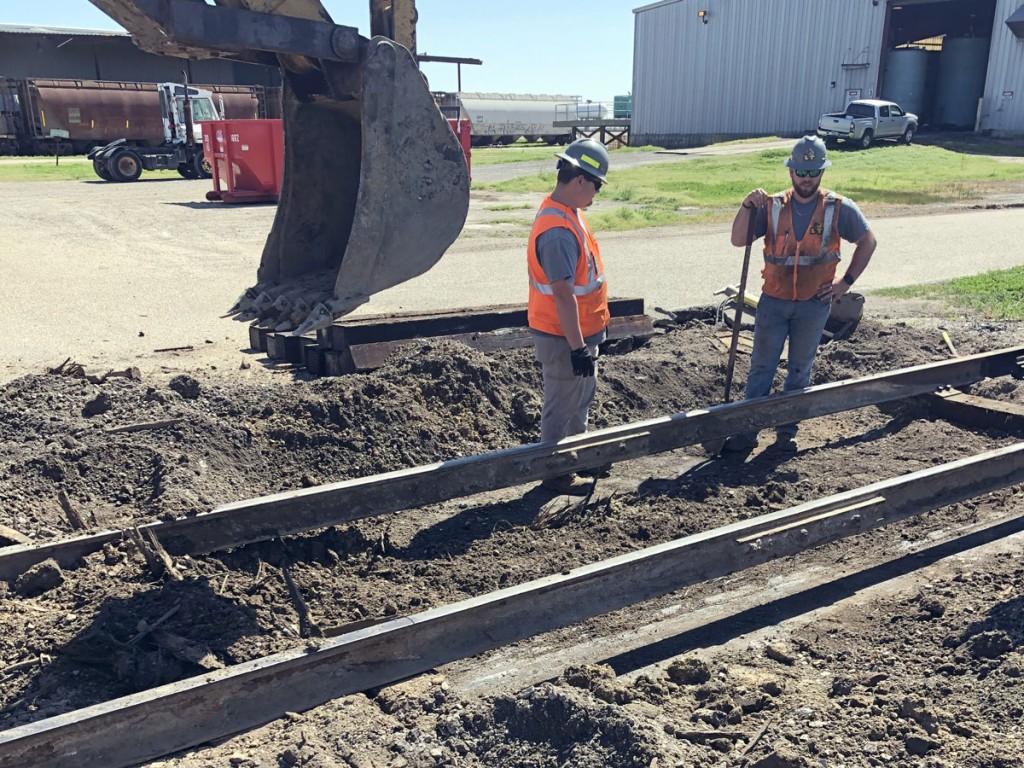
Port Manchac
Progressing toward projected completion by yearend is a $4 million redevelopment of the 140-acre intermodal terminal of South Tangipahoa Parish Port Commission’s Port Manchac, located on the northwestern shore of Lake Ponchartrain, northwest of New Orleans.
The objective is to create a safe, efficient inland location for storage and transloading of bulk, breakbulk, neobulk and containerized cargos, taking advantage of barge, rail and highway trucking assets in a relatively uncongested area that adjoins Interstate 55 and the Canadian National Railway mainline. Polymer pellet and resin manufacturers are among marketing targets of Port Manchac and CN.
Although delayed in the aftermath of Hurricane Ida striking last August, the project is now on pace to be finished this December, encompassing bulkhead, dredging, internal roadway, rail, drainage, storm surge protection, barge dock and safety lighting enhancements, as well as a recently completed 25,000-square-foot laydown storage pad designed to handle potential future container transshipments from New Orleans and other Mississippi River locations. The port is wrapping up a rail maintenance and safety upgrade along a 6,000-foot-long track, facilitating an expansion of railcar storage operations.
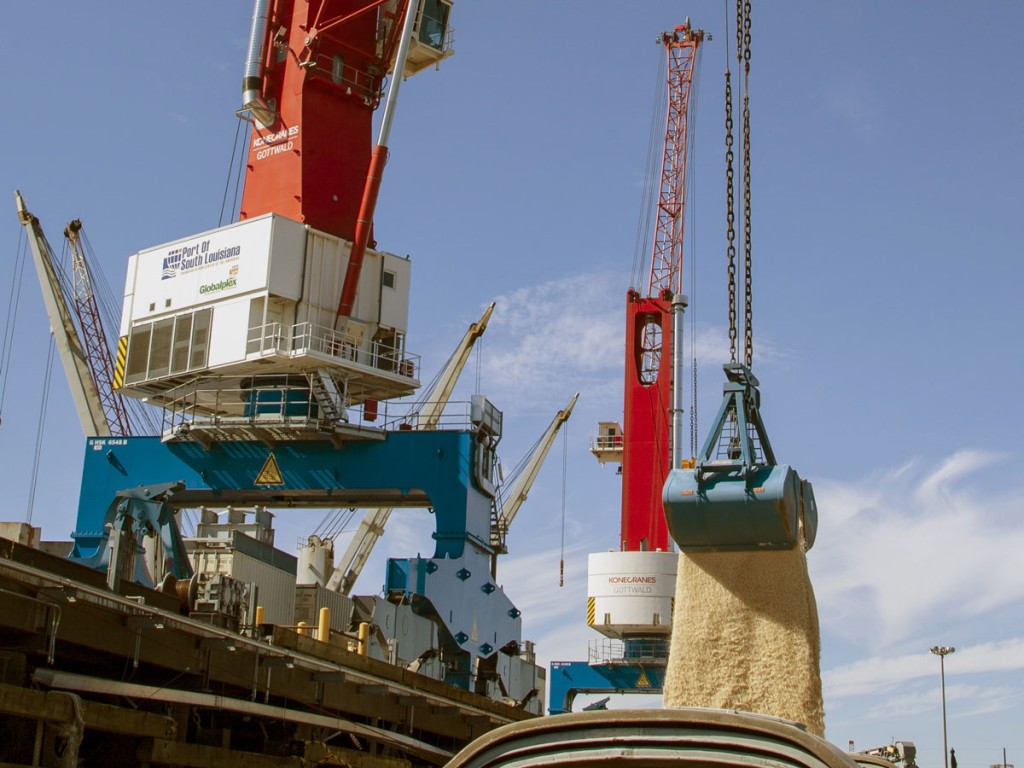
Port of South Louisiana
Port of South Louisiana, America’s longtime leading grain export port, has bolstered capabilities at its Globalplex general cargo dock with addition of a pair of high-capacity Konecranes Gottwald Model 6 portal harbor cranes. Installed last fall, the versatile units boast numerous operational, technological and safety features. They expand the port’s capabilities for midstreaming and add flexibility for future handling of containers and project cargos.
The cranes are part of a $15 million investment in Globalplex and its multimodal connections, aiming to boost infrastructural working standards, including increasing dock weight-bearing capacity, while expanding warehousing options and improving roadway access. The Globalplex complex, in Reserve, on the east bank of the Mississippi River, is a centerpiece of Port of South Louisiana, the jurisdiction of which covers 54 miles along both sides of the river between New Orleans and Baton Rouge.
In January, Paul Matthews succeeded Paul Aucoin as Port of South Louisiana’s executive director. Matthews most recently was deputy port director at the Plaquemines Port, Harbor & Terminal District and previously served as community affairs manager at the Port of New Orleans.
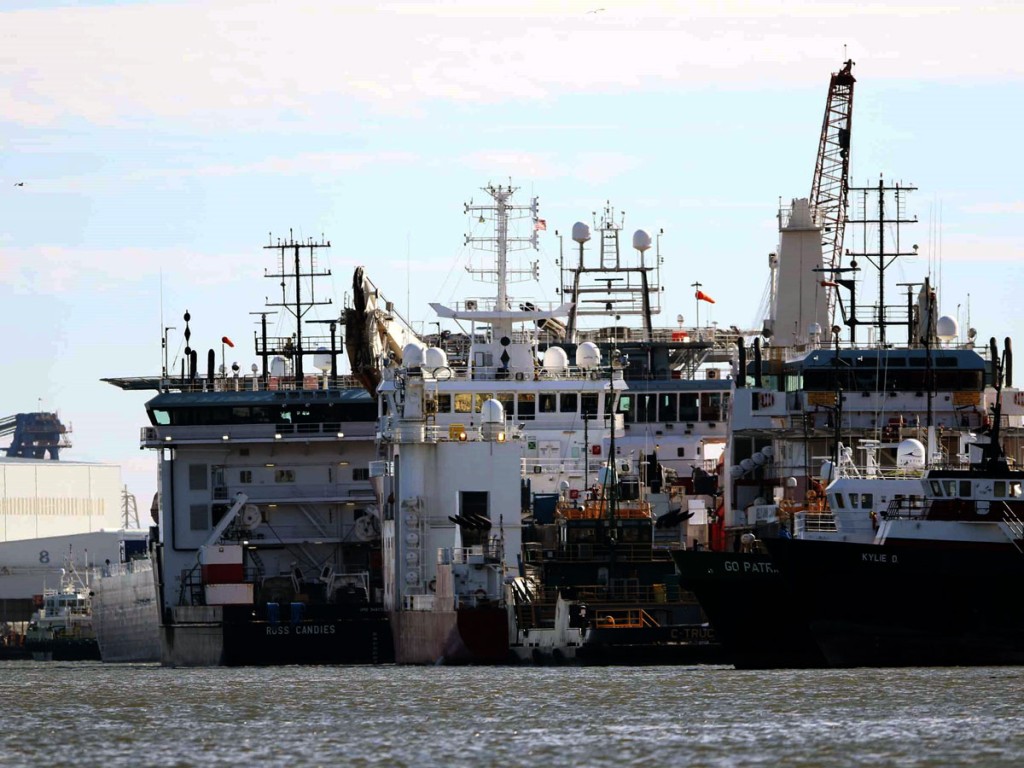
Port Fourchon
At the Greater Lafourche Port Commission’s Port Fourchon, Louisiana’s southernmost port, the development generating the most excitement is the much-awaited start of the second phase of elevation of the Louisiana Highway 1 roadway, to complete a multimile protected route from inside the South Lafourche flood protection system in Golden Meadow south to the port itself.
The $463 million LA 1 project demonstrates commitment by federal and state partners and others in public and private sectors to ensuring ongoing access for trucks and other vehicles to Port Fourchon, which serves as a primary hub for offshore energy operations in the Gulf of Mexico. Estimates indicate closure of the unelevated portion of LA 1 results in a $46 million negative impact per day upon the oil and gas industry, as well as a daily hit of more than $500 million to the U.S. gross domestic product.
Completion of the LA 1 project is targeted for sometime in 2026 – a date that can’t come soon enough for Port Fourchon officials pursuing promising future opportunities related to energy production in the Gulf of Mexico.
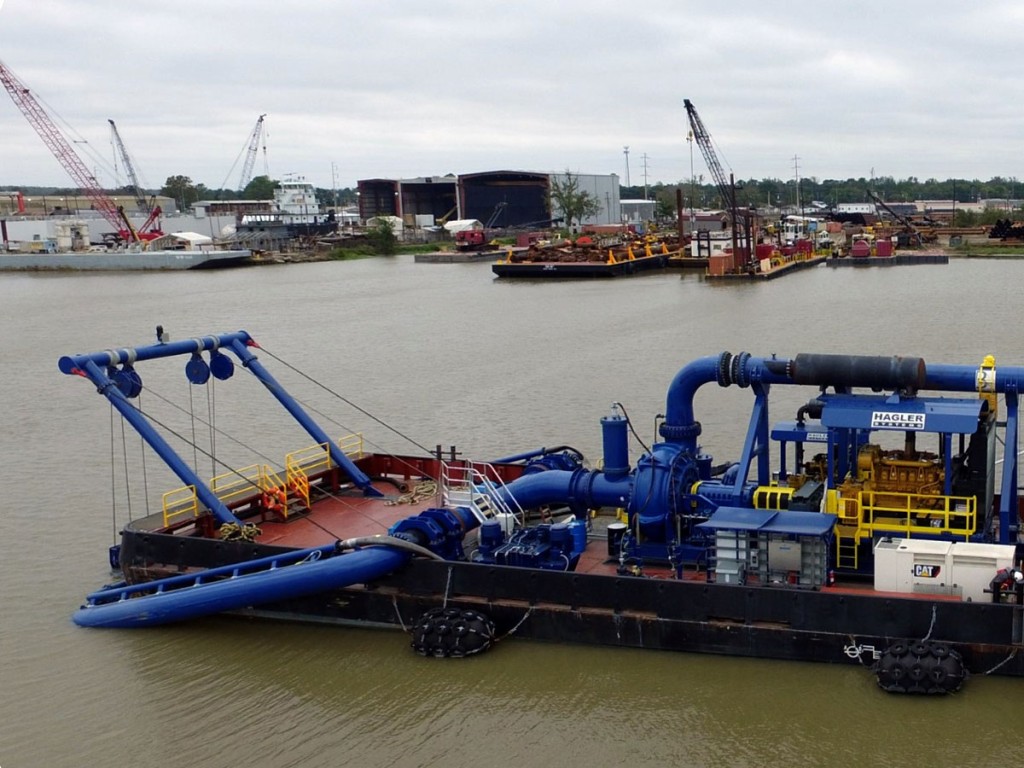
Port of Morgan City
After several years of having vessel operations stymied by buildup of fluid mud, known as fluff, along the Atchafalaya Bar Channel, the Morgan City Harbor and Terminal District’s Port of Morgan City is back in business, thanks to $60 million in federal funds and successful efforts of a specially built dredge to alleviate the fluff problem and consistently maintain a 20-foot-deep, 400-foot-wide navigable channel. Managing the sediment concern is Brice Civil Constructors Inc.’s M/V Capt. John E. Graham and dredge Arulaq.
The port has scheduled the Atchafalaya-Red River Maritime Roundtable for June 7-8 to discuss progress and opportunities.
Located at the confluence of the Atchafalaya River and Gulf Intracoastal Waterway, the Port of Morgan City is advancing multiple dock expansion projects. Loading and laydown areas at the port’s East Dock are being expanded under a $5.9 million initiative, largely paid for with state funds, while a $18.1 million project, with $15 million coming from Louisiana’s priority port development program, is facilitating purchase of properties to allow the Western Dock to be extended to nearly 1,900 from its current 800-foot length.
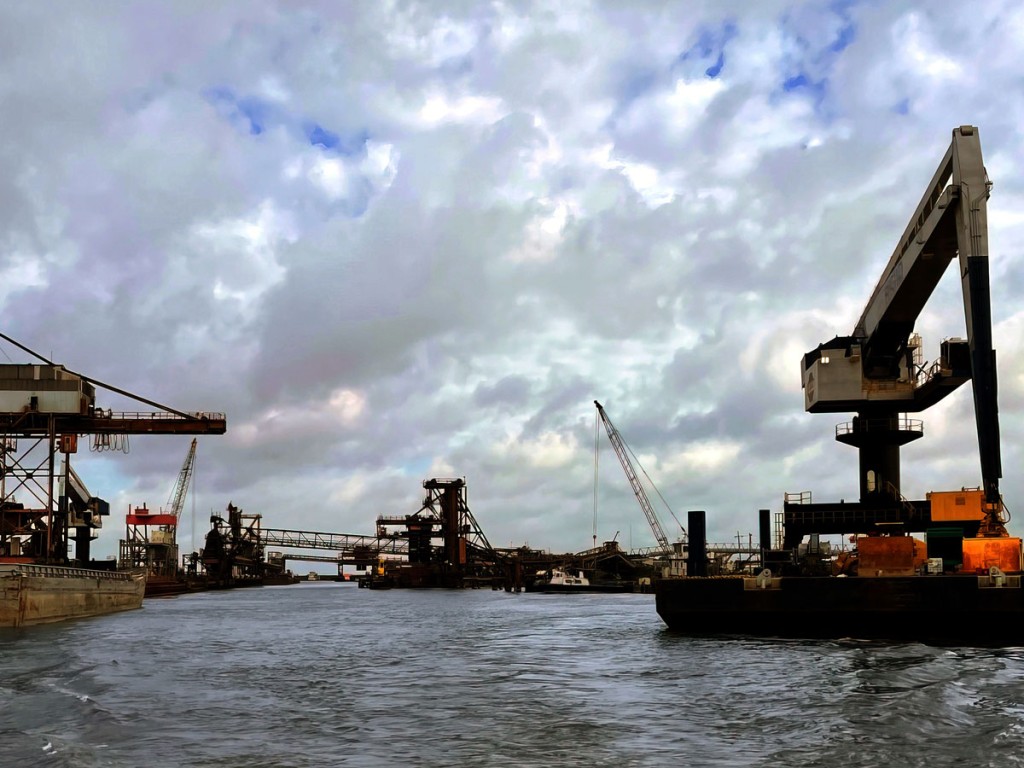
Port of Greater Baton Rouge
Back up on the Mighty Mississippi, the Port of Greater Baton Rouge is seeking additional U.S. Department of Transportation Maritime Administration funding to acquire permanently affixed high-efficiency container-handling equipment to shore up container-on-barge operations that began in 2016 via public-private partnership with Seacor AMH. The north point of the shuttle service is Memphis, with plastic-pellet-filled containers heading from Louisiana petrochemical plants to New Orleans for export.
The Port of Greater Baton Rouge is helping tenant Louis Dreyfus Commodities resolve issues with loading and unloading grain during high-water-level times on the river with a custom-made, barge-mounted pedestal crane brought in from Germany. And rehabilitation and expansion of the port’s northernmost deepwater berth is being pursued to accommodate growing activity.
An even bigger deal may be selection of the Port of Greater Baton Rouge by Grön Fuels LLC for a $9.2 billion renewable fuels complex, slated to begin commercial operations in 2025 on port land under long-term lease. The base plant, on which construction is to begin this year, is designed to produce more than 60,000 barrels a day of climate-positive fuels.
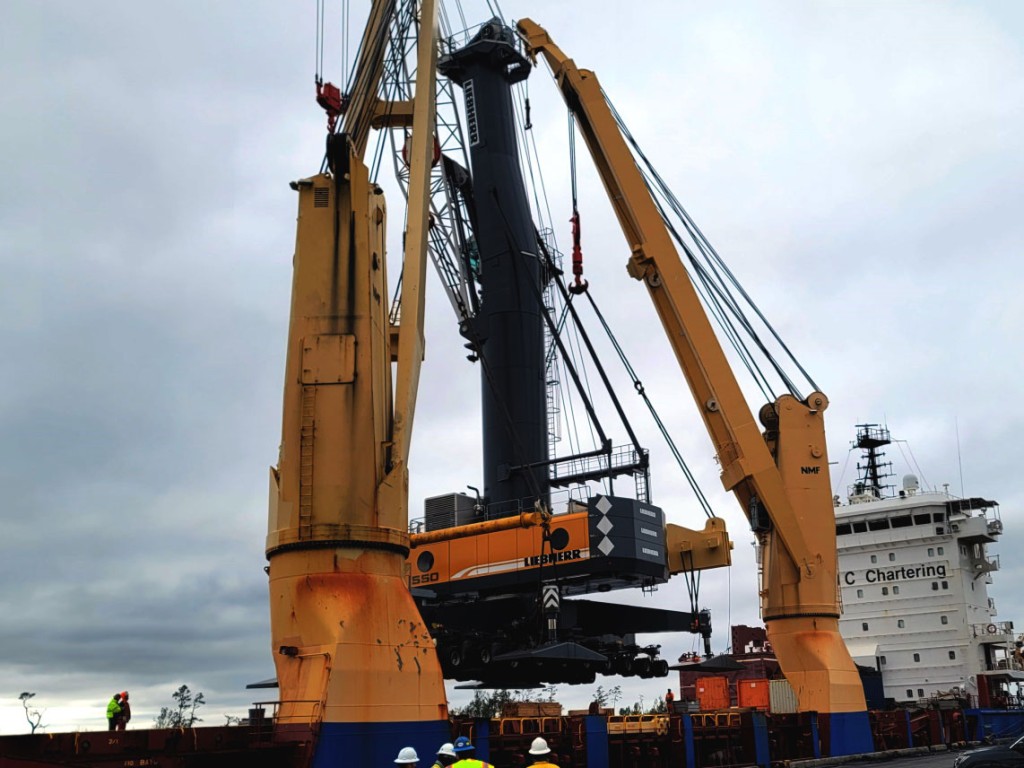
Port of Lake Charles
Persevering through destruction wrought by four federally declared weather disasters – two hurricanes, a flood and a freeze – that hit southwest Louisiana over a 10-month span between August 2020 and May 2021, the Lake Charles Harbor & Terminal District’s Port of Lake Charles has continued to move cargo and serve local industries while building back its infrastructure along the Calcasieu River Ship Channel.
The Port of Lake Charles last year set records by unloading more than 31,000 cubic meters of lumber from a single vessel and also dispatched its largest single-commodity shipment of U.S. Agency for International Development humanitarian aid cargo, loading more than 19,000 tons of Louisiana-milled rice for delivery to the Sahel region of Africa.
Cargo-handling equipment replacing units destroyed in August 2020 by Hurricane Laura includes a 154-ton-capacity Liebherr mobile harbor crane now in operation at the port’s Bulk Terminal 1 facility. Also, by the end of 2022, the Port of Lake Charles looks to have installed 100,000 square feet of covered storage by means of erection of a pair of tension-fabric structures at its City Docks facility.




